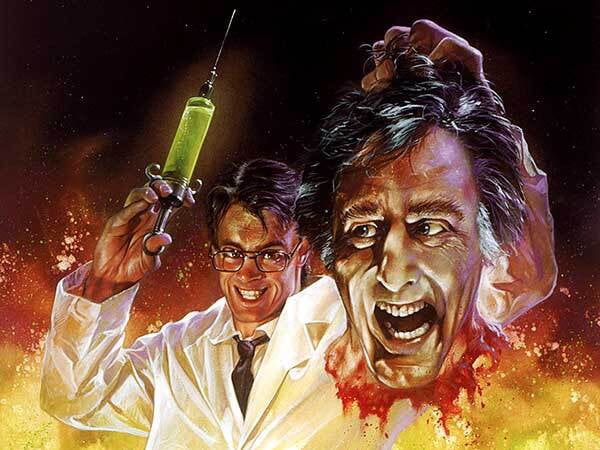The forgotten gas

Over 78% of the air around us is nitrogen, yet it is very rarely mentioned as part of gas safety awareness, why is that when it is such an abundant gas? Maybe its because in itself it isn’t toxic and doesn’t readily react with much, so doesn’t pose quite the same risk as other more malevolent gases, but here are ten things about nitrogen which you probably didn’t know.
1. Nitrogen is not inert, it reacts with oxygen to form nitrous oxide, nitrogen monoxide and nitrogen dioxide. To create this reaction requires high temperatures and pressures, and this is what happens in a diesel engine. To get diesel to burn requires higher temperatures than petrol and as a bi-product diesel produces a lot more, so called NOx.
2. Nitrogen is a main component of nitric and nitrous acids. These corrosive material are what is formed when nitrogen dioxide dissolves in water, and are the materials which cause harm inside the body. The acids damage the cell membranes and alter the immune system. This is why NO2 has a long term exposure limit of just 0.5 parts per million, and is the most dangerous of the oxides of nitrogen.
3. At the point of exhaust, nitric oxide accounts for about 90% of NOx. However, it reacts spontaneously with oxygen in the open atmosphere to produce nitrogen dioxide. Nitric oxide (NO) is a colourless gas but nitrogen dioxide is an acidic, pungent smelling, brown gas. In the open environment therefore, it is best to monitor for nitrogen dioxide. (NO2)
4. Nitrous oxide (N2O) is also commonly known as laughing gas. It has a long term exposure limit of 100ppm, so is toxic, but is routinely used as a mild anaesthetic. So called “gas and air” used in childbirth and some dental routines is a 50:50 mix of N2O and oxygen.
5. When nitrogen combines with hydrogen it forms ammonia (NH3). 175 million tonnes of Ammonia are produced each year globally and are used in fertilisers, explosives, some medicines and household cleaning products. It is the most common gas to leak in Industry. It has a long term exposure limit of 25ppm, but is also explosive at 15% by volume.
6. Hydrocarbons containing nitrogen are known as amines, and these are derivatives of ammonia, created by replacing a hydrogen atom with carbon and hydrogen atoms. The simplest amine, methylamine has a long term exposure limit of 10ppm and is both toxic to health and highly flammable.
7. At -196oC nitrogen gas becomes a liquid. It is widely used in laboratories and hospitals for freezing and cooling materials. Usually contained in a Dewar flask to keep it cool and easy to use, it becomes very dangerous if it leaks. This is because the liquid quickly boils at room temperature to produce large volumes of nitrogen gas, which displaces the oxygen present and causes an asphyxiation risk. It is common for oxygen levels to be monitored as part of a warning system around such areas.
8. Nitrogen is abundant and cheap and so is also used as a purging gas. In this application it is used to fill a pipeline, say, which normally carries explosive hydrocarbons, ensuring that no oxygen is present which could initiate an explosion if hot maintenance work (such as welding) is to be performed.
9. Nitrogen can be added to beers to create much smaller bubbles, giving a smoother, creamier experience. This is typically used in beers such as stout, which require a thick creamy head. The dispensing system in pubs and bars will also use a combination gas mix of carbon dioxide and nitrogen to dispense these beers. For this reason it is common for oxygen alarms, as well as CO2 alarms to be used in pub cellars.
10.Nitrogen is also now being used to make ice cream for similar reasons. The secret to creamy ice cream is all in the rapid freezing of the mixture. The liquid nitrogen causes the fat and the water particles to stay very small, giving the ice cream a creamy consistency. The goal is to avoid ice crystals forming in the ice cream to keep it scrummy and yummy.
So it seems like nitrogen crops up in many fun places, the pub, the ice cream parlour and for freezing the heads of dead people who want to be reanimated. Who knew it could be so flexible?
